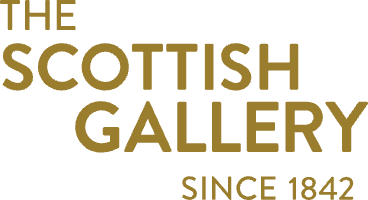William Johnstone

William Johnstone, born the son of a farmer in the Scottish Borders, was at the forefront of British art world throughout the twentieth century. He became one of the first British artists to break with representation and paint purely abstract pictures; he also had evolutionary impact on art education. He was Principal at Camberwell College of Art from 1938- 1946 and then Principal at Central School of Arts and Crafts from 1947 to 1960. He developed the Basic Design course which stemmed from the Bauhaus and his instinct to defy convention and his eye for talented staff made Central a tour de force. Alan Davie, Anton Ehrenzweig, Patrick Heron, Earl Haig, John Minton, Eduardo Paolozzi, Victor Pasmore, Gordon Baldwin, William Turnbull all worked for him – which made for an explosive, creative mixture of artistic personalities. He received an OBE for his contribution to art education in 1954 then returned home to the Borders in 1960 to concentrate on painting and return to farming.













